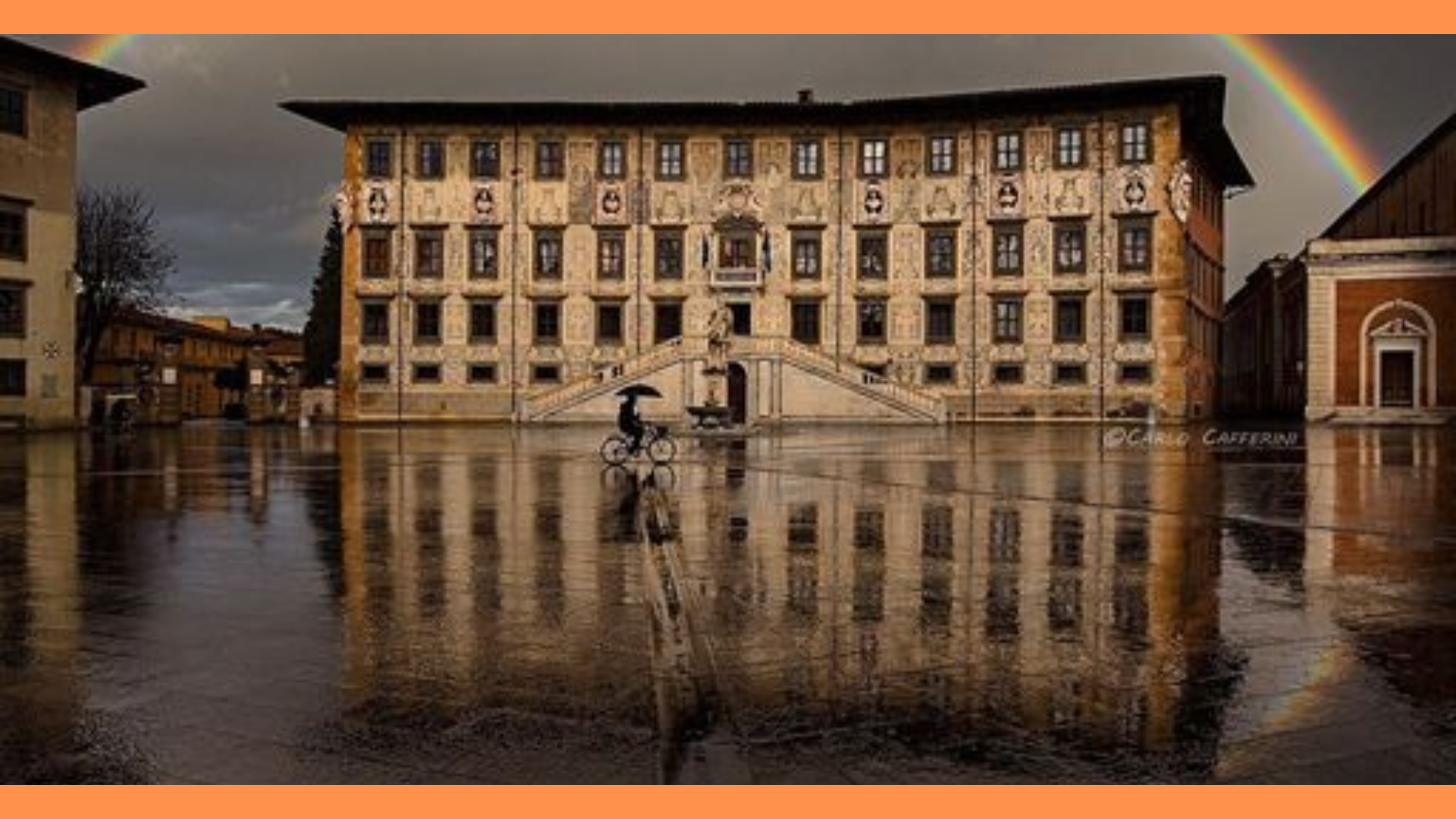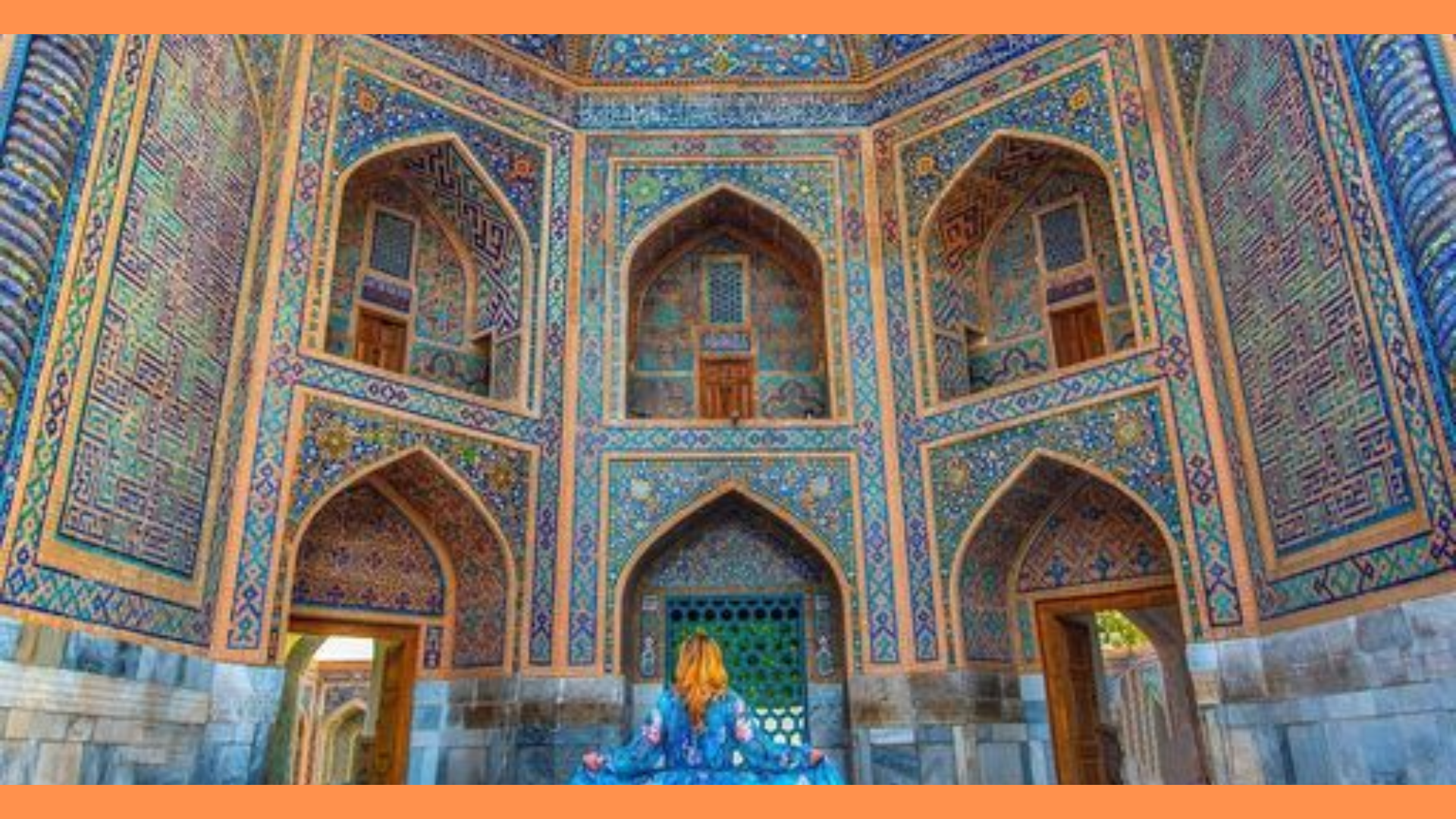Exploring Pisa offers a multifaceted experience that blends historical marvels, scenic beauty, and gastronomic delights. From the iconic Leaning Tower to its picturesque streets and vibrant local cuisine, Pisa invites travelers to immerse themselves in its rich cultural tapestry. This guide highlights the city’s key attractions and culinary specialties, providing a comprehensive overview of what makes Pisa a unique and unforgettable destination.
I. Introduction
Nestled in the heart of Tuscany, Pisa is more than just its famous Leaning Tower. The city is a treasure trove of historical sites, artistic heritage, and natural beauty, all set against the backdrop of the Arno River. As a crucial hub in medieval and Renaissance Italy, Pisa’s significance extends beyond its architectural wonders, offering a deep dive into the cultural and intellectual history of the region.
A. Overview of Pisa
1. Location
Pisa is a historic city located in the Tuscany region of Italy, along the banks of the Arno River, about 10 kilometers (6 miles) from the Ligurian Sea. Its strategic location near the coast has historically made it an important center for trade and commerce.
2. Historical and Cultural Significance
Pisa is best known for its medieval history, particularly its remarkable architectural and artistic heritage. The city reached the height of its power during the 11th to 13th centuries when it was one of the Italian maritime republics alongside Genoa, Venice, and Amalfi. This era left a lasting legacy on the city’s architecture and culture, evident in the grandiose structures of the Piazza dei Miracoli (Square of Miracles), a UNESCO World Heritage Site.
B. Importance as a Travel Destination
1. Architectural Marvels
Pisa’s architectural heritage is one of its primary draws for visitors. The Piazza dei Miracoli is a testament to the city’s medieval prowess and contains some of the most stunning examples of Romanesque architecture in Italy. The Leaning Tower, the Cathedral (Duomo), the Baptistery, and the Camposanto Monumentale (Monumental Cemetery) form a harmonious ensemble that showcases the artistic and engineering skills of the period.
2. Cultural Richness
Beyond its architectural treasures, Pisa offers a vibrant local culture and a rich array of museums, galleries, and historic sites. The city’s museums, such as the Museo dell’Opera del Duomo and Palazzo Blu, house impressive collections of art and artifacts that provide insight into Pisa’s storied past.
II. Travel Destinations in Pisa
Pisa boasts an array of travel destinations that cater to diverse interests. From the awe-inspiring architecture of the Piazza dei Miracoli to the serene ambiance of the Botanical Gardens, the city presents a rich tapestry of experiences. Historic churches, bustling markets, and scenic riverbanks invite visitors to explore and savor the essence of Pisa. Each site tells a unique story, contributing to the city’s charm and allure.
A. Historical and Cultural Sites
1. Piazza dei Miracoli (Square of Miracles)
The Piazza dei Miracoli is the heart of Pisa’s historical and cultural significance. This walled square is home to the city’s most famous monuments and is recognized as a UNESCO World Heritage Site.
2. Leaning Tower of Pisa
The Leaning Tower of Pisa is undoubtedly the city’s most famous landmark. Its unintended tilt and the efforts to stabilize it have made it a symbol of architectural ingenuity and perseverance. The tower stands at 56 meters (about 183 feet) tall, and its lean is currently stabilized at around 4 degrees. Climbing the tower is a unique experience, offering stunning views of the Piazza dei Miracoli and the city beyond.
3. Pisa Cathedral (Duomo di Pisa)
The Pisa Cathedral, dedicated to the Assumption of the Virgin Mary, is a stunning example of Pisan Romanesque architecture. Construction began in 1064, and the cathedral was consecrated in 1118. The exterior is adorned with a beautiful marble façade, while the interior features intricate mosaics, a magnificent pulpit, and a coffered ceiling.
4. Baptistery of St. John (Battistero)
The Baptistery, dedicated to St. John the Baptist, is notable for its architectural beauty and acoustic properties. Construction began in 1152, and the structure was completed in the 14th century with the addition of the Gothic dome. The interior features a remarkable pulpit by Nicola Pisano, created in 1260, which is considered a masterpiece of medieval sculpture.
5. Camposanto Monumentale
The Camposanto Monumentale, or Monumental Cemetery, is a serene and beautiful site located in the Piazza dei Miracoli. It was constructed in the 13th century and contains sacred soil brought back from Golgotha during the Crusades. The cemetery is adorned with frescoes, many of which were damaged during World War II but have since been restored. The Camposanto also houses numerous Roman sarcophagi and other ancient artifacts, making it a fascinating place to explore.
B. Scenic Attractions
1. Lungarno
The Lungarno refers to the streets that run along the Arno River in Pisa. These picturesque promenades offer stunning views of the river and the historic buildings that line its banks. Walking along the Lungarno is a delightful way to experience the beauty of Pisa, with plenty of opportunities to stop at riverside cafes and restaurants.
2. Orto Botanico di Pisa
The Orto Botanico di Pisa is one of the oldest botanical gardens in Europe, established in 1544 by the University of Pisa. The garden covers an area of about 3 hectares (7.4 acres) and is home to a diverse collection of plants from around the world. Visitors can explore the garden’s various sections, including medicinal plants, rare species, and beautiful greenhouses.
3. Piazza dei Cavalieri
The Piazza dei Cavalieri, or Square of the Knights, is one of Pisa’s most beautiful and historically significant squares. It was the political center of Pisa during the Middle Ages and later became the headquarters of the Knights of St. Stephen. Today, the square is home to the prestigious Scuola Normale Superiore, founded by Napoleon in 1810. Key buildings in the square include the Palazzo della Carovana, designed by Giorgio Vasari, and the Church of Santo Stefano dei Cavalieri.
C. Cultural Experiences
1. Museo dell’Opera del Duomo
The Museo dell’Opera del Duomo, located near the Piazza dei Miracoli, houses an impressive collection of art and artifacts from the cathedral, baptistery, and other historic sites in Pisa. The museum’s exhibits include sculptures, paintings, manuscripts, and liturgical objects, providing a comprehensive overview of Pisa’s artistic and religious heritage.
2. Palazzo Blu
The Palazzo Blu is an art and cultural center located on the Lungarno. The palazzo hosts a variety of temporary exhibitions, as well as a permanent collection of art and artifacts that span several centuries. The museum’s diverse exhibits make it a fascinating destination for art lovers and history enthusiasts alike.
3. Local Festivals
Pisa is home to several vibrant festivals and events that celebrate its rich cultural heritage.
- Luminara of San Ranieri: This festival takes place on the evening of June 16th, the eve of San Ranieri’s feast day, Pisa’s patron saint. Thousands of candles illuminate the buildings along the Arno River, creating a magical atmosphere. The celebration includes a candle-lit procession and fireworks.
- Regatta of San Ranieri: Held on June 17th, this traditional boat race takes place on the Arno River, with crews from Pisa’s historical neighborhoods competing in a spirited event. The regatta is part of the larger celebration of San Ranieri.
- Gioco del Ponte: The Game of the Bridge is another historic event held on the last Saturday of June. It involves a mock battle between two teams representing the northern and southern parts of the city, competing to push a heavy cart across the bridge. The event is a colorful and lively spectacle that attracts many visitors.
III. Cuisine of Pisa
Pisa’s culinary landscape is a delightful reflection of its rich history and cultural heritage. The cuisine here is deeply rooted in traditional Tuscan flavors, characterized by simple yet high-quality ingredients. From hearty soups to delicious seafood dishes and sweet treats, Pisa offers a culinary journey that satisfies both the palate and the soul.
A. Traditional Dishes
1. Ribollita
Ribollita is a classic Tuscan soup that epitomizes the region’s approach to food—simple, hearty, and flavorful. This dish is made from leftover bread, cannellini beans, and a variety of vegetables such as carrots, onions, and kale. Traditionally, ribollita is cooked slowly to allow the flavors to meld together, and it is often served reheated the next day, which is why it is called “ribollita,” meaning “reboiled” in Italian.
Preparation: The soup starts with a base of sautéed onions, carrots, and celery, to which tomatoes, kale, and cannellini beans are added. The mixture is then simmered until the vegetables are tender. Stale bread is layered into the soup, allowing it to soak up the flavors and thicken the broth. The result is a robust and comforting dish that is perfect for a cold day.
2. Pappa al Pomodoro
Another staple of Tuscan cuisine, pappa al pomodoro is a thick bread and tomato soup that is both rustic and delicious. This dish makes use of stale bread, ripe tomatoes, garlic, and olive oil, showcasing the region’s emphasis on utilizing simple, fresh ingredients.
Preparation: To prepare pappa al pomodoro, garlic and onions are sautéed in olive oil until golden. Chopped tomatoes are then added and cooked down until they form a rich sauce. Pieces of stale bread are incorporated into the mixture, absorbing the tomato juices and softening into a thick, porridge-like consistency. The soup is seasoned with salt, pepper, and fresh basil, making it a fragrant and flavorful dish.
3. Cacciucco
Cacciucco is a traditional seafood stew that hails from the coastal areas of Tuscany, including Pisa. This hearty dish is made with a variety of fish and shellfish, cooked in a rich tomato broth with garlic, wine, and chili peppers.
Preparation: The stew begins with a base of sautéed garlic, onions, and chili peppers. Tomatoes and red wine are added to create a flavorful broth. A selection of fresh fish, squid, octopus, and shellfish is then simmered in the broth until tender. The dish is typically served with toasted bread rubbed with garlic, making it a satisfying and aromatic meal.
B. Local Specialties and Street Food
1. Cecina
Cecina, also known as “farinata” in other parts of Italy, is a savory chickpea flour pancake that is popular in Pisa. This simple yet delicious dish is crispy on the outside and soft on the inside, often enjoyed as a snack or light meal.
Preparation: The batter for cecina is made by mixing chickpea flour with water, olive oil, and a pinch of salt. The mixture is left to rest for several hours before being poured into a hot, oiled baking pan. The cecina is then baked until golden and crispy. It is typically served hot, sprinkled with black pepper, and can be enjoyed on its own or as a filling for a sandwich.
2. Torta coi Bischeri
Torta coi Bischeri is a traditional Pisan dessert that combines a shortcrust pastry with a rich filling of rice, chocolate, and nuts. This sweet treat is often prepared during festivals and special occasions.
Preparation: The pastry dough is rolled out and used to line a pie dish. The filling is made by cooking rice in milk until tender, then mixing it with melted chocolate, sugar, pine nuts, and raisins. This mixture is poured into the pastry shell and baked until set. The result is a decadent and flavorful dessert that showcases the rich culinary traditions of Pisa.
3. Schiacciata
Schiacciata is a type of Tuscan flatbread that is similar to focaccia. It is typically topped with olive oil and coarse salt, and sometimes herbs or onions, making it a versatile and delicious accompaniment to any meal.
Preparation: The dough for schiacciata is made with flour, water, yeast, and olive oil. After the dough has risen, it is stretched out onto a baking sheet and dimpled with fingertips. Olive oil is generously drizzled over the top, followed by a sprinkling of salt and optional herbs or onions. The bread is baked until golden and crispy, then served warm.
C. Regional Ingredients and Products
1. Olive Oil
Olive oil is a cornerstone of Tuscan cuisine, and Pisa is no exception. The region produces high-quality extra virgin olive oil, characterized by its fruity flavor and peppery finish. This versatile ingredient is used in cooking, dressing salads, and drizzling over finished dishes.
2. Pecorino Cheese
Pecorino cheese, made from sheep’s milk, is another staple in Pisan cuisine. This cheese comes in various stages of aging, from fresh and soft to hard and sharp. It is used in a variety of dishes, from pasta and salads to being enjoyed on its own with a drizzle of honey or a slice of bread.
3. Wine
Pisa, like much of Tuscany, is known for its excellent wines. The region produces a variety of wines, including robust reds like Chianti and crisp whites like Vermentino. Local vineyards offer wine tastings and tours, allowing visitors to experience the rich winemaking traditions of the area.
In conclusion, the cuisine of Pisa is a delightful exploration of Tuscan flavors and traditions. From hearty soups and savory snacks to sweet desserts and fine wines, Pisa offers a culinary experience that is as rich and varied as its history. Visitors to this beautiful city will find that its food is a reflection of its culture—simple, yet deeply satisfying.









